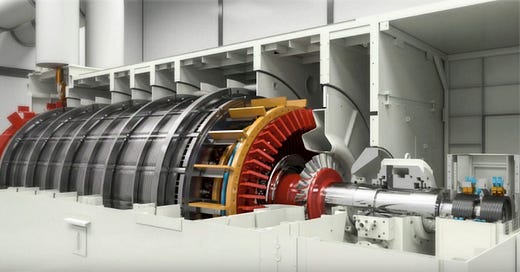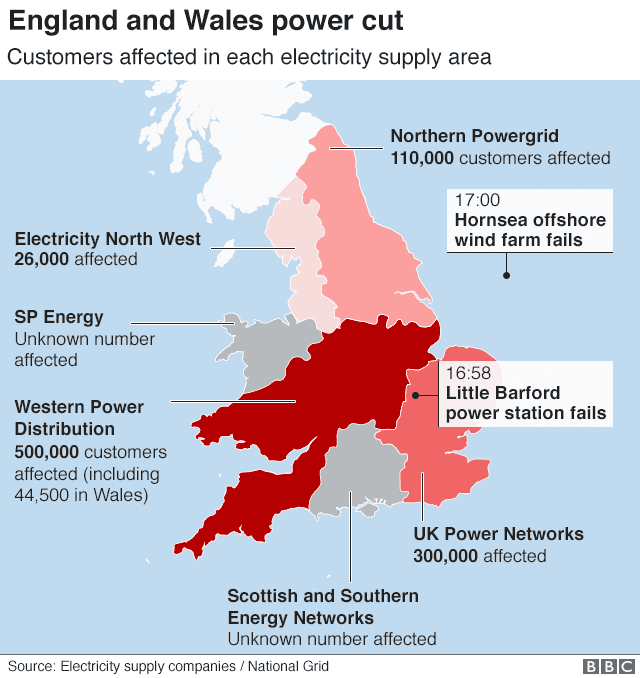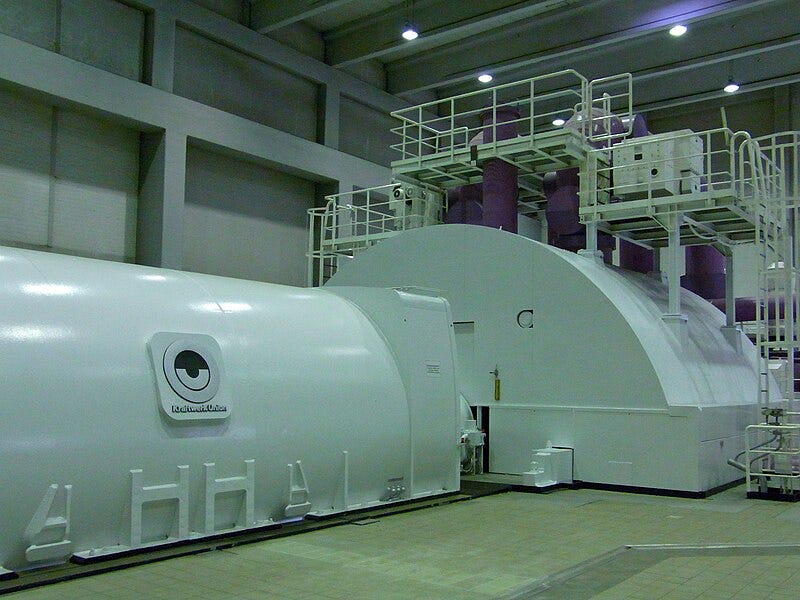On Easter Sunday, 1929, Fifth Avenue, New York, something outrageous happened.
Thousands gathered for the annual Easter Parade. Among the crowd, a group of young women stood poised, waiting for their moment. At a prearranged signal, they reached into their handbags, pulled out cigarettes, and lit them. Right there, in the open, in front of photographers and reporters. A scandalous act at the time.
By the next morning, newspapers across America were buzzing: women had claimed their “Torches of Freedom.”
This wasn’t an act of social defiance. It was a carefully staged moment, orchestrated by Edward Bernays, the father of modern public relations. He had been hired by Lucky Strike to break the taboo against women smoking. Bernays understood a simple truth: people don’t just buy products. They buy meaning, a story that fits their aspirations. So he reframed smoking as a symbol of progress, liberation, and equality.
The campaign was a masterpiece. Women, eager to assert their place in the world, embraced the cigarette as a tool of rebellion. Sales surged. Smoking became a mark of the modern woman. Big Tobacco had found its next goldmine.
Of course, the health risks were quietly swept aside. In the decades that followed, millions would suffer and die from lung cancer and other smoking-related diseases. Ironically, Bernays himself spent years trying to convince his wife to quit smoking.
Today, progressive environmentalists sell the energy transition not unlike Bernays sold smoking.
Sell Progress, Deliver Instability
For net-zero advocates, wind turbines and solar panels aren’t just technologies. They are framed as symbols—of progress, of freedom from fossil fuels, of a cleaner, better future. The messaging is everywhere: renewables are a prerequisite for prosperity, sustainability, even democracy.
Just look at the current election campaigns in Germany. The Green Party declares, “The prosperity of tomorrow is climate neutral.” The Left Party calls for “a socio-ecological system change in Germany as a matter of social and global justice.” And Fridays for Future figurehead Luisa Neubauer warns of “fossil fascists.”
Like Bernays’ cigarette campaign, the benefits of wind and solar are exaggerated, sometimes to an absurd degree, while the downsides of wind and solar are omitted. Intermittency, limited grid capacity to transport electricity from production to consumption, and soaring costs are only the well-known problems.
But almost no one mentions a deeper risk that’s spreading: the more wind and solar are built, the more fragile and prone to blackouts the grid becomes.
Consider a blackout in the UK in August 2019, affecting 1.1 million consumers. It began when the large Hornsea 1 offshore wind facility, 120 kilometers off the Yorkshire coast, and the Little Barford gas plant tripped offline within minutes of each other, triggering a chain reaction the grid couldn’t handle.
That day, wind supplied 67% of the UK’s electricity. But the loss of supply wasn’t the real problem. It was instability introduced by renewables that caused the system to break down.
Traditional power plants wouldn’t have buckled so easily. And as they’re pushed aside for more wind and solar, an increased risk of blackouts will become the new reality.
You won’t read about this problem in the traditional media for another 12-24 months. By then, the Net-Zero Industrial Complex™️ will be busy peddling “grid stability solutions” across Europe’s renewable-heavy regions, profiting from the very instability they helped create.
Let’s unpack what’s behind all this.
The Grid’s Balancing Act
Every time you turn on a light, you’re triggering a response in the power grid. Somewhere, a power plant must instantly generate a little more electricity to meet your demand. When you turn it off, that extra production must be scaled back just as quickly.
This happens millions of times per second across homes, factories, and entire cities. And for the grid to function, supply and demand must be in perfect sync.
Even a small supply and demand mismatch throws the grid’s frequency out of balance. In Europe, the grid operates at 50 Hertz (Hz), meaning the alternating current switches direction 50 times per second. If supply exceeds demand, the frequency rises. If demand outstrips supply, the frequency drops.
There’s almost no room for error. Grid operators ensure that this frequency remains stable 24/7, within a tolerance band of 49.8 to 50.2 Hz.
Anything beyond that threshold can have serious consequences: power surges that damage industrial equipment, voltage drops that shut down critical infrastructure, or worst of all, a cascading failure that plunges entire regions into darkness.
Traditionally, the grid had a built-in defense mechanism against these frequency imbalances: inertia.
In conventional power plants—coal, gas, nuclear—electricity is generated by massive spinning turbines. These turbines don’t just produce power; they store kinetic energy in their rotation. This stored energy acts as a shock absorber for the grid.
When demand suddenly spikes or supply unexpectedly drops, the momentum of these heavy turbines helps slow down the frequency change. Instead of an immediate, destabilizing swing, inertia smooths out fluctuations, giving the entire system time to adjust output and restore balance.
And that’s where the trouble with renewables comes in.
On the Brink
Wind and solar don’t have built-in inertia. Unlike traditional power plants, they don’t spin massive turbines that store kinetic energy. Instead, they generate electricity as direct current, which then passes through inverters to be converted into alternating current at the right voltage for the grid.
But these inverters don’t behave like the big, heavy turbines. They don’t naturally resist fluctuations. This lack of inertia was the main reason the 2019 UK blackout occurred. As a government report explains:
The system frequency fell rapidly, causing a larger volume of distributed generation to disconnect from the system […] We consider that the ESO [Electricity System Operator] should ensure there is sufficient system inertia to manage frequency variations in line with its obligations, and avoid a domino effect of distributed generation losses.
And a study in the journal Energy points out:
Appropriate levels of system rotational inertia to ensure system stability, previously inherent in synchronous areas across Europe, can no longer be assumed.
Of course, the more wind and solar capacity gets built, the worse the problem gets.
Germany, for example, is racing toward its 80% renewables by 2030 target. So with each traditional power plant shutting down, the grid loses more of the stability those plants once provided.
Fortunately for the Net Zero Industrial Complex™️, this instability is creating an entirely new market: grid stability solutions.
Selling Back What Was Once Free
Enter synthetic inertia.
In Scotland, energy company Zenobē is building a £750 million (US$944 million) battery storage project. This facility will provide 4.4 gigavolt-ampere of synthetic inertia, covering roughly 5–10% of Britain’s total requirement. Its job isn’t to supply long-term power but to inject bursts of electricity within milliseconds whenever the grid starts to wobble. Unlike traditional power plants, which provided this service naturally, these batteries are a costly substitute for something the system once had for free.
Even this isn’t a permanent fix. Zenobē’s batteries will last just 15 years. After that, they’ll wear out and need costly replacement. In other words, this isn’t a one-time investment: it’s the beginning of a recurring expense for grid survival.
Zenobē’s battery project is just the beginning. With every traditional power plant shutting down, the market for synthetic inertia grows. Different technologies are currently competing to fill the stability gap:
Synchronous Condensers – Essentially large spinning flywheels, these machines provide the rotational mass that the grid needs to stay stable. Countries like Germany are installing them as an expensive stopgap measure.
Grid-Forming Inverters – Unlike standard inverters, which simply feed electricity into the grid, these are designed to actively regulate voltage and frequency, mimicking the stabilizing effect of traditional power plants.
Converter-Based Power Plants – Wind and solar farms could be upgraded to simulate inertia. While they can react nearly instantaneously to alter grid frequency, they lack the inertial connection to grid power that makes spinning generators so valuable as stabilizers.
Synthetic inertia is the next big thing, except no large-scale power grid in the world actually runs on it.
Amprion, Germany’s second largest grid operator, points out that much of this technology is far from ready. According to the company:
[S]ome technologies seem rather unsuitable for providing inertia. The main obstacles are the lack of technology maturity and the lack of correlation with demand for inertia (e.g., in the case of photovoltaic plants).
One way or another, the need for grid stability is surging and regulators know it.
To address this, Germany’s Federal Network Agency (Bundesnetzagentur) has begun exploring how to design a formal procurement process for instantaneous reserve. In September 2023, it launched a “market consultation” to determine how synthetic inertia could be transparently priced and traded in the energy market. This new market is expected to launch this year.
There’s no way around it: billions will flow into this. When it comes to grid security, governments won’t risk underspending. And now that Europe is fully committed to ripping out the old system, it has no choice but to pour endless cash into patching up the new one. The renewable transition is creating a permanent, high-cost dependency. The Net-Zero Industrial Complex™️ has pulled off the ultimate move: selling a crisis of its own making, then profiting from the solution.
Even Bernays couldn’t have come up with a scheme this genius.
Know someone who thinks inertia is bad? Send them this!







Renewables with their short lifespan are better described as Rebuildable
That was so informative! Thank you so much. Could you slip this in the next drink the renewables crowd sips on.